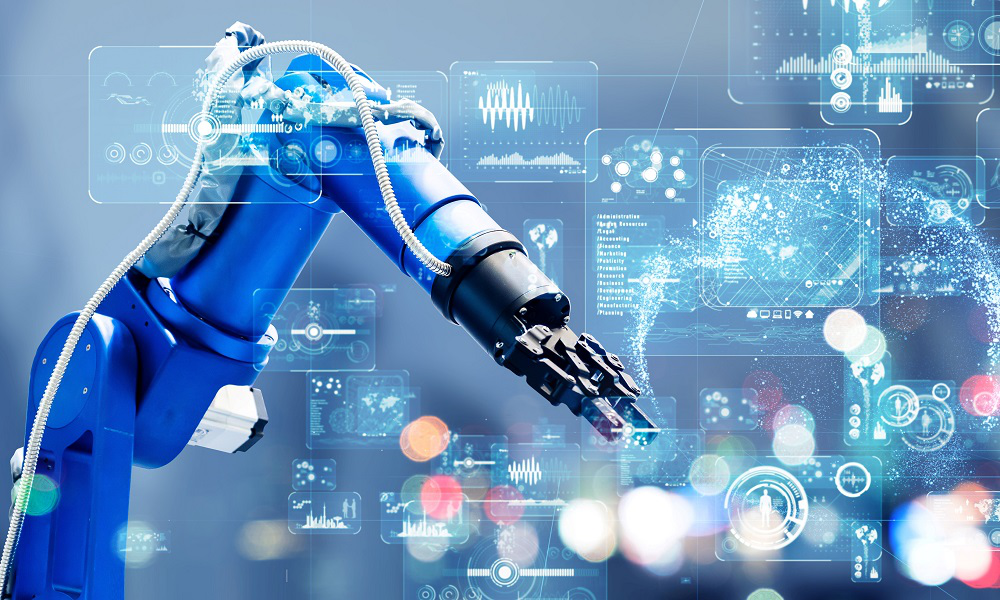
The Development of Automation and Robotics
Automation and robotics are becoming an integral part of the modern economy, having a significant impact on the labor market. These technologies improve productivity, reduce costs, and open up new business opportunities. However, along with the benefits, they also carry certain risks associated with changing the structure of employment.
Benefits of Automation and Robotics
Increased Productivity and Efficiency
Automation can significantly increase labor productivity by reducing the time it takes to complete tasks and reducing the likelihood of errors. Robots and automated systems can work around the clock without requiring rest, which increases the overall efficiency of production. This is especially important in areas where precision and speed are required, such as electronic component assembly or automobile manufacturing.
Reduced Costs and Improved Product Quality
Using automation allows companies to reduce the cost of wages and training employees. In addition, automated systems often provide higher quality products, as they eliminate the human factor that can lead to errors. This allows businesses to not only reduce costs, but also improve the quality of products, which in turn increases competitiveness in the market.
Creation of new jobs and opportunities
Automation and robotics also open up new employment opportunities. For example, specialists in the development, maintenance and management of robotic systems are needed. The development of technology creates a demand for new professions, such as robotics engineers, programmers, data analysts and cybersecurity specialists.

Potential risks and challenges
Job loss
One of the most discussed risks of automation is the loss of jobs. Automation can lead to the replacement of routine and repetitive tasks, which is especially noticeable in industries such as manufacturing, logistics and trade. This raises concerns about the future of employment, especially among workers whose skills can be replaced by machines.
The need to retrain workers
With the rapid development of technology, there is a need to retrain and upskill workers. Many jobs that were previously considered stable may disappear or change beyond recognition. Workers will have to adapt to new conditions, mastering the skills needed to work with automated systems and robots.
Social and economic inequalities
Automation may also worsen social and economic inequalities. Low-skilled workers may have difficulty finding new jobs, while highly skilled specialists will be in demand. This may lead to an increase in the income gap between different groups of the population.
Automation and robotics play an important role in the modern economy, offering numerous benefits such as increased productivity, reduced costs and the creation of new jobs. However, these technologies also carry risks associated with job losses and the need to retrain workers. The future of the labor market largely depends on how companies, governments and society as a whole will adapt to these changes. It is important to create conditions for training and skill development so that workers can successfully adapt to the new reality and minimize the negative effects of automation.




